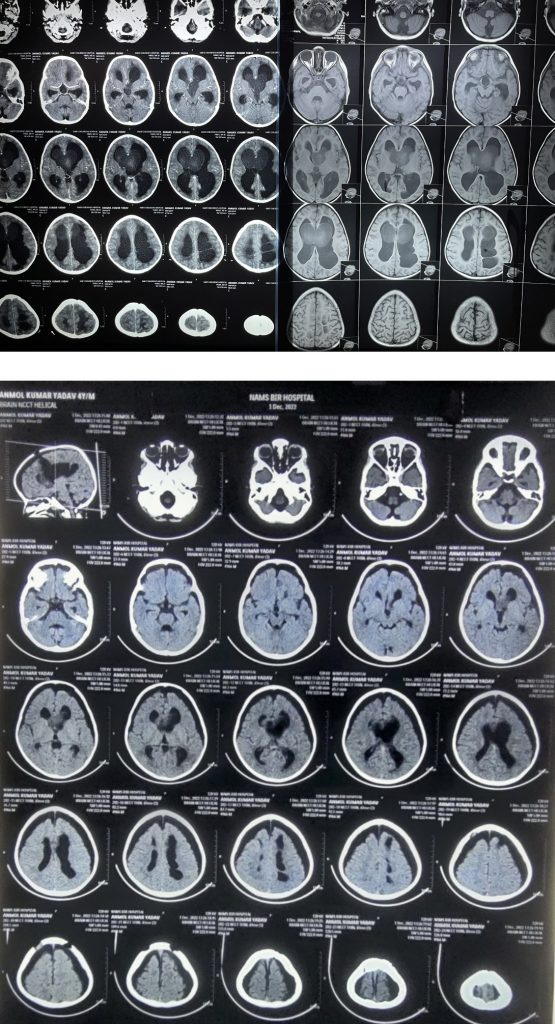

Surgical removal of intraventricular tumors presents unique challenges due to the tumor’s location within the ventricles of the brain. These challenges include the risk of damage to surrounding healthy brain tissue, the risk of bleeding, and the possibility of complications due to the proximity of vital structures.
To minimize the risk of complications, neurosurgeons use specialized techniques and technologies to safely remove intraventricular tumors. These techniques may include the use of image-guided navigation systems, which allow surgeons to precisely locate the tumor and navigate around vital structures. In addition, intraoperative monitoring is often used to monitor brain function during surgery and to help identify any potential complications.
One of the most significant challenges of removing intraventricular tumors is the potential for cerebrospinal fluid (CSF) leakage. CSF is the clear fluid that surrounds the brain and spinal cord and helps protect and nourish them. When an intraventricular tumor is removed, there is a risk that the CSF may leak, leading to complications such as infections or the buildup of pressure in the brain. To prevent this, surgeons may use specialized techniques such as the placement of a shunt to redirect the flow of CSF.
Despite the challenges, surgical removal of intraventricular tumors can be highly effective in treating these tumors and improving patient outcomes. Close collaboration between neurosurgeons, radiologists, and other healthcare professionals is crucial to ensuring the best possible outcome for patients undergoing this complex procedure.
Intraventricular Tumors: Intraventricular tumors are abnormal growths that develop within the ventricles of the brain. These tumors can be either cancerous (malignant) or noncancerous (benign) and can cause a range of symptoms depending on their size and location. Some of the common symptoms of intraventricular tumors include headaches, nausea, vomiting, dizziness, difficulty with balance, and seizures.
Diagnosis of intraventricular tumors typically involves a combination of imaging tests such as MRI and CT scan, as well as a biopsy to determine the type of tumor. Treatment options for intraventricular tumors depend on the type and location of the tumor, as well as the overall health of the patient. In some cases, surgery may be necessary to remove the tumor. Other treatment options may include radiation therapy, chemotherapy, or a combination of these therapies.
The treatment of intraventricular tumors can be challenging due to their location within the brain. However, advances in surgical techniques and technology have made it possible to safely remove many of these tumors with minimal damage to surrounding tissues. Early detection and treatment are critical in managing intraventricular tumors and improving the patient’s quality of life.